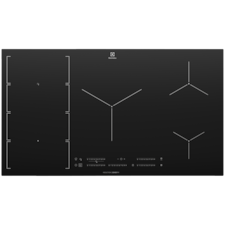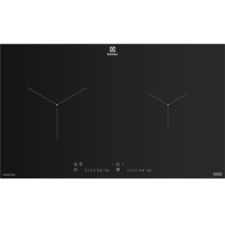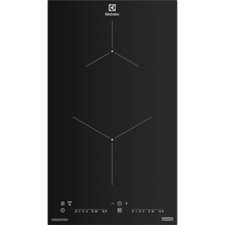Induction cooking, popular in Europe, is rapidly gaining ground in Asia. Using electromagnetic technology, induction cookers heat cookware directly for precise temperature control and safer, flameless cooking. This efficient method generates less ambient heat, keeping kitchens cooler—an advantage in hot climates like Malaysia. With its energy savings and ease of use, induction cooking is ideal for modern kitchens.
To understand its rising popularity, let’s explore how induction cookers work, their benefits, energy use, and practical tips.
What is an induction cooker and how does it work?
An induction cooker is a modern cooking appliance that uses electromagnetic fields to generate heat directly in the cookware. Unlike traditional gas or electric stoves that heat indirectly, the induction cooker creates heat by inducing electric currents in the pot or pan itself. This method makes cooking faster and more energy efficient.
The working principle of induction hob involves a coil of copper wire beneath the cooking surface that produces a magnetic field when an electric current passes through it. When a compatible pot is placed on the cooker, the magnetic field induces small electric currents (eddy currents) inside the pot material. These currents resist the flow of electricity and convert electrical energy into heat, directly warming the vessel.
Benefits of an induction cooker
Using an induction cooker provides many advantages over other cooking methods. Firstly, because heat is generated directly in the pot or pan, cooking is faster and more precise. Temperature control is more responsive, allowing for delicate simmering or rapid boiling.
Secondly, induction cookers are more energy efficient. Since energy is not wasted heating the stove surface or the air around cookware, less electricity is consumed overall. This also means the cooking surface stays cooler, reducing the risk of burns and making cleaning easier.
Finally, induction cookers create a safer cooking environment with automatic shut-off features and sensors to detect cookware presence.
Read more about benefits of induction cooking
Does induction cooker save electricity?
Many people wonder if using an induction cooker leads to high electricity bills. Induction cookers are generally more energy-efficient than traditional electric or gas stoves. Due to their direct heating method, they use less power to achieve the same cooking results.
While induction cookers do consume electricity, their rapid heating means shorter cooking times, which reduces overall energy use. So, in most cases, using an induction cooker will not significantly increase your electricity consumption and may even lower it compared to other cooking methods.
How to use an induction cooker effectively
Using induction cooker is straightforward but requires compatible cookware and proper techniques for best results:
- Always use pots and pans with flat bottoms made of ferromagnetic materials like cast iron or stainless steel to ensure the magnetic field works efficiently.
- Place the cookware fully on the cooking zone for optimal heat transfer.
- Use the power settings on the control panel to adjust cooking intensity precisely.
- Avoid using oversized or undersized pans on a cooking zone, as this may lead to inefficient heating or error.
- Clean the cooktop regularly but only when cool, using a soft cloth to avoid scratches.
What pots can be used for induction cooker?
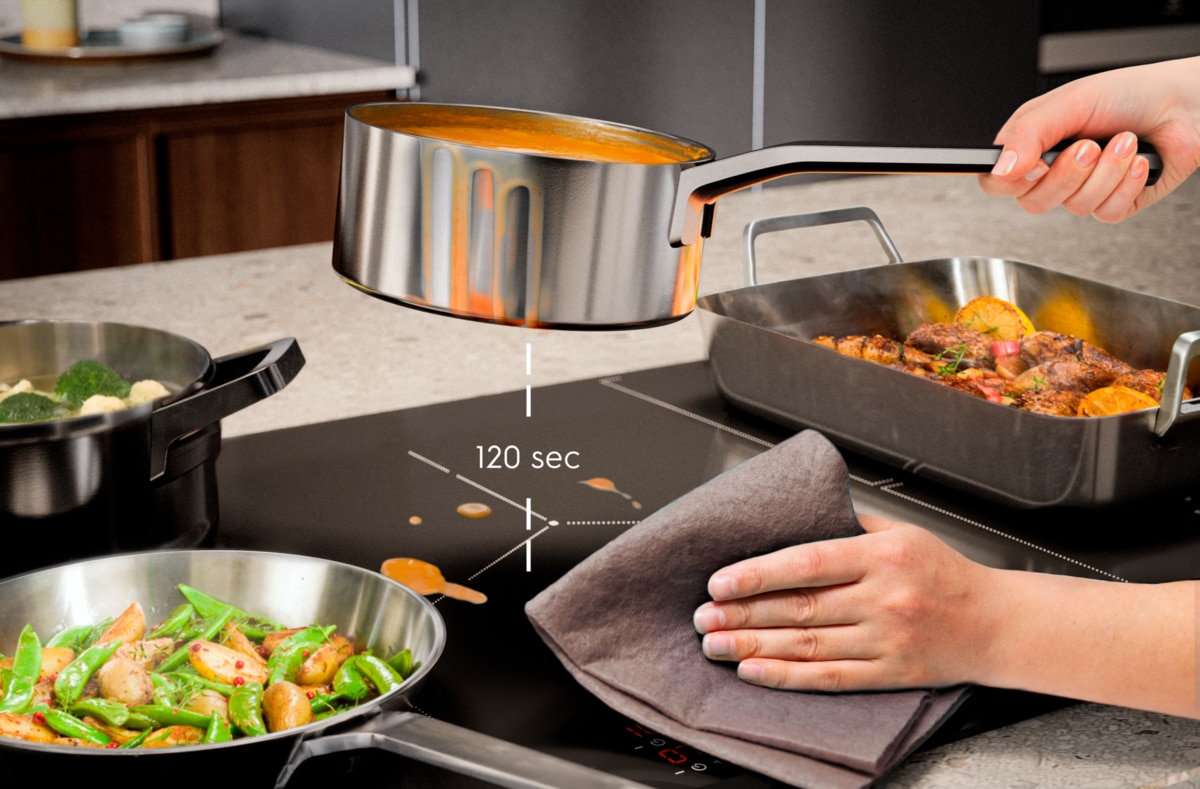
Not all cookware works on induction cookers. To function properly, pots and pans must be made from magnetic materials such as cast iron or some stainless steel.
You can test if your cookware is induction-compatible by placing a magnet at the bottom. If it sticks firmly, the pot should work on an induction cooker. Cookware made of aluminum, copper, or glass will not heat up unless they have a special magnetic base layer designed for induction.
Is induction suitable for wok cooking?
Induction cookers work best with flat-bottomed cookware that makes full contact with the cooking surface. Traditional round-bottom woks, commonly used in Malaysian kitchens for stir-frying, may not work efficiently on induction cookers due to limited contact area.
However, flat-bottom woks made from ferromagnetic materials such as cast iron or induction-compatible stainless steel are suitable for induction cooking. These woks provide even heating and excellent temperature control, allowing you to enjoy wok cooking on an induction cooker without compromising performance.
For the best results, choose a flat-bottom wok designed for induction use and ensure it fits properly on your induction cooktop’s cooking zone.
Learn how to master wok cooking with this helpful video:
Is using an induction cooker safe?
Yes, induction cookers are safe to use. They produce heat only when induction-compatible cookware is detected on the surface. This immediate heating control greatly reduces the risk of burns.
The cooktop remains relatively cool compared to gas or electric stoves, lowering burn hazards. Many models also feature safety sensors, automatic shut-off if no pot is detected, and child lock functions.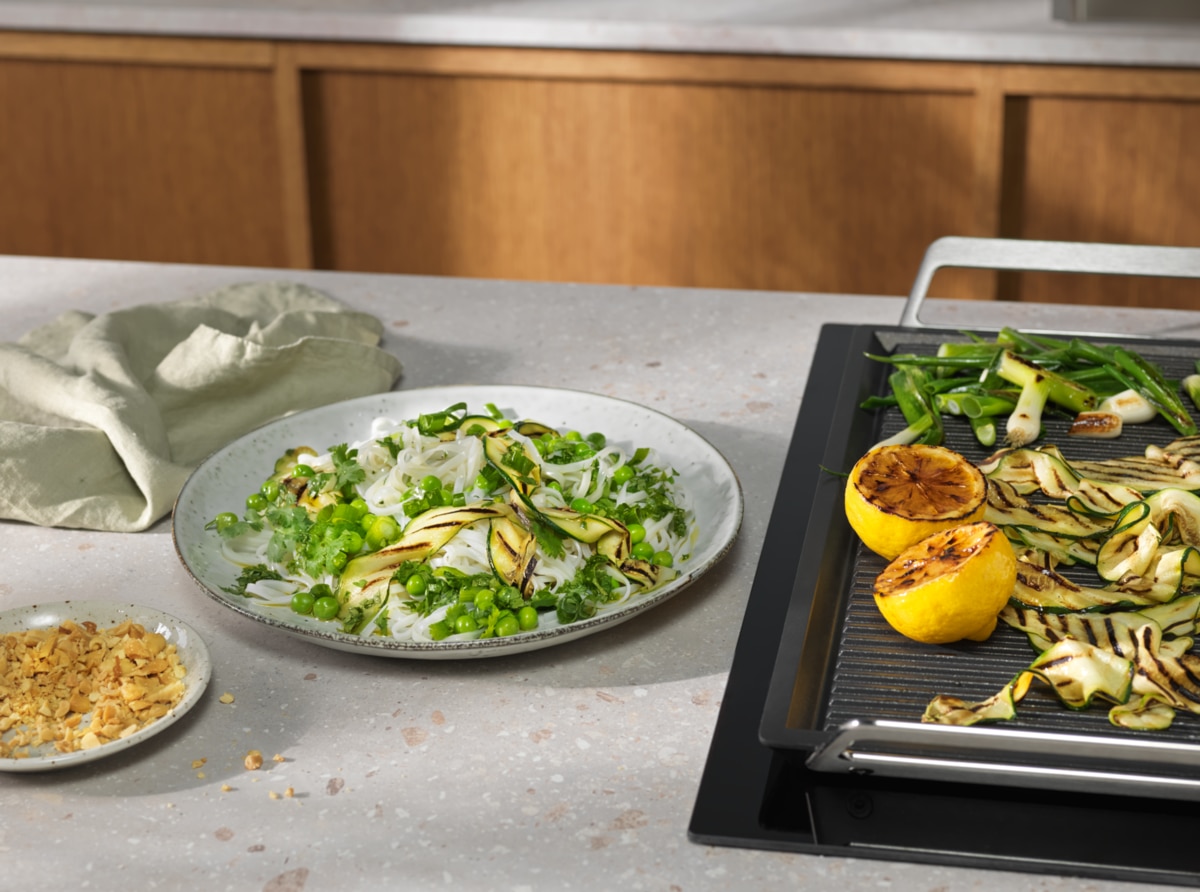
How to clean induction cooker
Proper cleaning keeps your induction cooker in excellent condition:
- Wipe the cooktop after every use with a soft, damp cloth and a mild, non-abrasive cleaner to prevent residue build-up.
- For stubborn stains, use a dedicated induction cooktop cleaner or a gentle mixture of vinegar and baking soda. Apply carefully and wipe away without scratching.
- Avoid sliding heavy pots or pans across the surface to prevent scratches.
- Always clean only when the cooktop is cool.
Regular maintenance preserves sleek looks and optimal performance.
Discover our in-home cleaning services for your hobs!
What is the difference between induction cooker and ceramic cooker?
While both induction and ceramic cookers feature smooth cooktops, they heat food differently:
- Induction cookers use electromagnetic fields to heat the cookware directly, providing rapid heating and precise temperature control.
- Ceramic cookers heat the glass surface electrically, which then transfers heat to the cookware, resulting in slower heat-up times and less efficiency.
Induction cooking is more energy-efficient, safer due to cooler surfaces, and allows better temperature precision compared to ceramic cookers.
Choosing between them depends on your cooking style and energy-saving priorities. Discover our range of hobs available in Malaysia market.
Read more: Stove & Hob buying guide

